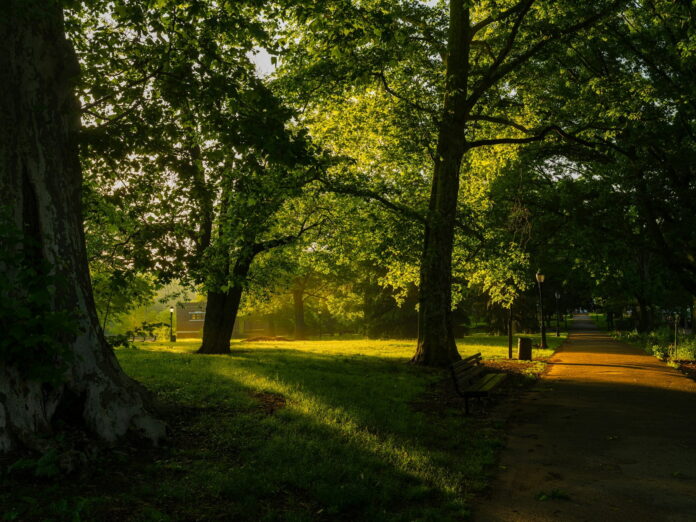Urban ecology, the study of ecosystems in urban areas, is an increasingly important field as cities continue to expand. Enhancing biodiversity within city environments not only contributes to ecological health but also improves the quality of life for urban residents. This article explores the basics of urban ecology, key strategies for enhancing urban biodiversity, and successful case studies of urban ecology initiatives.
Understanding Urban Ecology: The Basics of City Biodiversity
Urban ecology examines the interactions between living organisms and their urban environment. Unlike traditional ecosystems, urban areas are characterized by high levels of human activity and infrastructure, which can significantly alter natural habitats. Despite these challenges, cities can support a diverse range of species, from plants and insects to birds and mammals. Understanding the unique dynamics of urban ecosystems is essential for developing strategies to enhance biodiversity.
The concept of urban biodiversity refers to the variety of living species found within city limits. This includes not only native species but also those that have adapted to urban conditions. Urban biodiversity is influenced by factors such as land use, pollution, climate, and human activities. The presence of green spaces, water bodies, and other natural elements within cities can provide critical habitats for various species, promoting ecological balance.
Urban ecology also considers the benefits of biodiversity for human populations. Green spaces and diverse ecosystems contribute to improved air and water quality, climate regulation, and recreational opportunities. Additionally, they can enhance mental and physical health, foster community engagement, and provide educational opportunities. Recognizing these benefits underscores the importance of integrating biodiversity into urban planning and development.
Key Strategies for Enhancing Urban Biodiversity
One of the primary strategies for enhancing urban biodiversity is the creation and maintenance of green spaces. Parks, gardens, green roofs, and green walls can provide habitats for a variety of species and serve as ecological corridors that connect fragmented habitats. These green spaces not only support wildlife but also offer recreational and aesthetic benefits to urban residents. Incorporating native plants into these areas can further enhance biodiversity by providing food and shelter for local wildlife.
Another important strategy is the implementation of sustainable urban planning practices. This includes designing cities with biodiversity in mind, such as preserving existing natural habitats and integrating new green spaces into urban development projects. Sustainable urban planning also involves reducing pollution, managing waste effectively, and promoting the use of renewable energy sources. By minimizing the ecological footprint of urban areas, cities can create a more conducive environment for biodiversity to thrive.
Community engagement and education are also crucial for enhancing urban biodiversity. Public awareness campaigns, citizen science projects, and educational programs can help residents understand the importance of biodiversity and how they can contribute to its preservation. Community involvement in urban ecology initiatives can lead to more effective and sustainable outcomes, as local residents become active participants in the conservation and enhancement of their urban environment.
Case Studies: Successful Urban Ecology Initiatives
Several cities around the world have implemented successful urban ecology initiatives that can serve as models for others. One notable example is the transformation of former industrial sites into vibrant green spaces. These projects often involve extensive remediation efforts to address soil and water contamination, followed by the creation of parks, wetlands, and other natural habitats. Such initiatives not only restore ecological functions but also provide valuable recreational and educational resources for urban communities.
Another successful approach is the development of urban wildlife corridors. These corridors connect isolated patches of habitat, allowing species to move freely and access resources across the city. By linking parks, gardens, and other green spaces, urban wildlife corridors help maintain genetic diversity and support the survival of various species. These projects often involve collaboration between city planners, conservationists, and local communities to ensure their success.
Urban agriculture initiatives also contribute to urban biodiversity by creating habitats for pollinators and other beneficial species. Rooftop gardens, community gardens, and urban farms provide food and shelter for a range of organisms, while also offering fresh produce for city residents. These projects promote sustainable food systems, reduce the urban heat island effect, and enhance the overall ecological health of urban areas.
Urban ecology is a vital field that addresses the challenges and opportunities of enhancing biodiversity in city environments. By understanding the basics of urban biodiversity, implementing key strategies, and learning from successful case studies, cities can create more sustainable and resilient ecosystems. These efforts not only benefit wildlife but also improve the quality of life for urban residents, making cities more livable and vibrant places for all.
